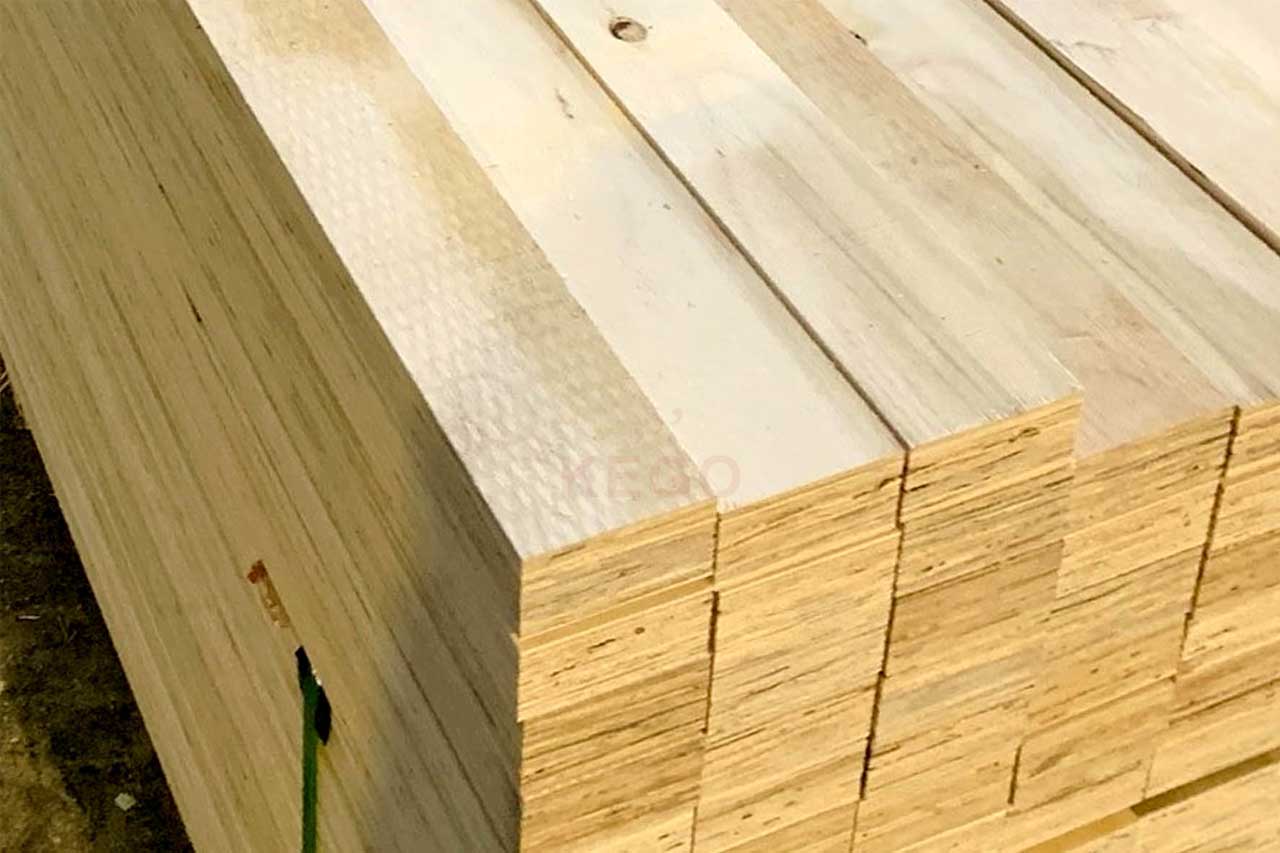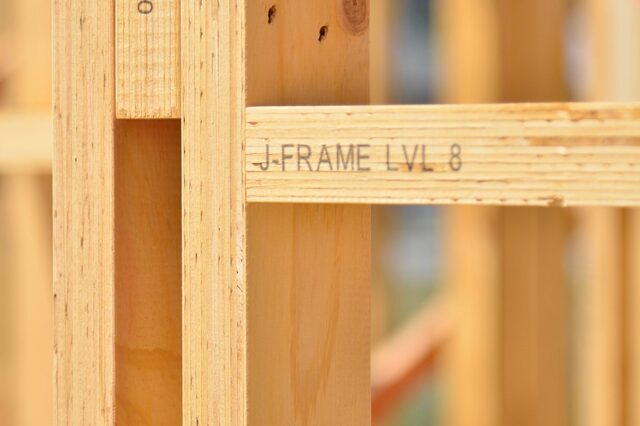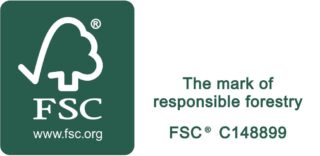
LVL stands for Laminated Veneer Lumber, it’s a popular wood material with many applications and it can replace sawn timber with many advantages.
WHAT IS LVL?
Laminated veneer lumber (LVL) is one of the most widely used engineered wood products for construction or packing applications. It is a composite product manufactured from multiple thin layers of veneer that are aligned with the length of the finished lumber.
LVL PRODUCTION PROCESS
STEP 1: Cut the log to size.
STEP 2: Peeling the Log to the veneer.
In this step of LVL Production, peels large log pieces into thin veneer sheets using the rotary peeling technique. For LVL production, the thickness of the Veneer sheet is 1.5 mm to 2.0 mm. Vietnam Manufacturing companies normally have veneer sheets with a thickness of 1.7 mm.
In this process, the wood log is rotated at a sharp blade at the right angle. The angle to the blade depends on how much thickness the veneer sheet should have.
STEP 3: Drying the Veneer.
It is very important to the veneers sheets before going to the next process. Many nozzle sprays are used for this hot air is released over the veneers. The thickness of veneers decreases after this process but it is very less.
STEP 4: Grading the Veneer. A, B, C.
STEP 5: Gluing the veneer.
In this process, multiple thin veneer sheets are glued together with E2 Adhesive. The number of veneer sheets depends on the thickness of the LVL. All veneer sheets are kept vertical together.
STEP 6: Laying the veneer.
STEP 7: Hot pressure.
After the Adhesive process, high heat and pressure are exerted. After the adhesive process, high heat and pressure are applied. So that all the Layers stick well to each other with Adhesive and make a strong structure. Which lasts for a long time.
STEP 8: Sanding the core.
This laminated veneer lumber is once again final sanding. Sanding is done all around. Low grain sanding paper is used in this process. But medium and large size grain sanding paper is used for hardwood species based on grain size. This step will help the LVL have smooth face in acceptable tolerance of thickness.STEP 9: Cutting to size.
STEP 10: Packaging.
THE APPLICATION OF LVL
LVL get many advantages over sawn milled lumber:
LVL can be made from various veneer materials poplar, pine, acacia, eucalyptus, rubber, …
The added durability of being an engineered wood product means LVL is less prone to shrinking or warping. LVL can also support heavier loads and span longer distances than normal timber
LVL can be used wherever sawn timber is used however one of the main advantages is that it can be manufactured to almost any length, restricted only by transportation to site
LVL provides a cost-effective and sustainable building material, delivering high structural reliability and strength
That’s why LVL is the most preferable and become more and more popular in our daily life.
LVL sofa frame

Frame LVL (for construction)

LVL beams

LVL pallet






